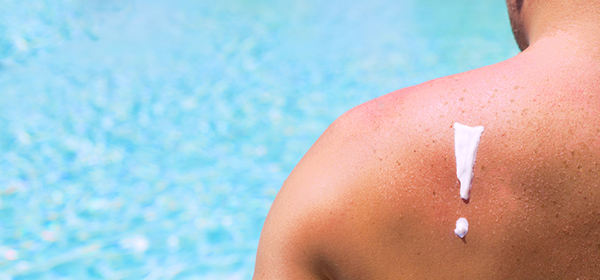As the weather heats up and we start to spend more time outdoors, the risk of sunburn increases. Even the most sun-savvy person gets sunburnt occasionally. So what natural remedies are available to help ease the sting?
Get into the shade
Seeking refuge from the sun is your number one priority when you believe you’ve burnt your skin. With sunburn, the skin often begins to peel. If this happens, a new, more sensitive layer of skin will be exposed. Protecting your skin from further sun damage will be paramount.
Of course, the best practice is to avoid prolonged time in the sun altogether, and be sun smart – using sunscreen and wearing protective clothing.
Cool it down
Cooling is a vital part of sunburn treatment, because burns can continue burning after the heat source has been removed. As soon as possible, try to have a cool shower or bath. Avoid using soaps and body washes, as these can irritate and dry out the already sensitive skin.
Adding one cup of cider vinegar to your bath balances the pH of sunburned skin, promoting healing. Alternatively, you can try applying cool (but not cold) milk using a cloth. The milk creates a protein film that may help to ease sunburn discomfort.
Aloe Vera is known for its healing properties, especially for skin problems. Ensure that you choose a non alcohol-based cream gel. Non-cosmetic moisturisers can also help to relive the pain and stop further burning. Keeping these in the fridge before use provides extra cooling relief.
Stay hydrated
When you expose skin to harsh sun and excessive heat for too long, your body tends to lose fluids through the skin. After experiencing sunburn, remember to rehydrate properly by drinking plenty of fluids – especially water. Avoid alcohol and caffeinated drinks.
Look after healing skin
It can be tempting to break blisters that form when sunburnt, but they serve as an important protective layer and the fluid inside contains a natural body serum that helps with healing. Breaking blisters can slow down the healing process and increases the risk of infection. If blisters do break, clean them with water and cover with a wet dressing.
If the affected area starts to peel, try to resist picking the dry skin and, instead, continue to moisturise the area. Allow your body to perform the shedding process on its own and your skin will heal a lot more quickly.

